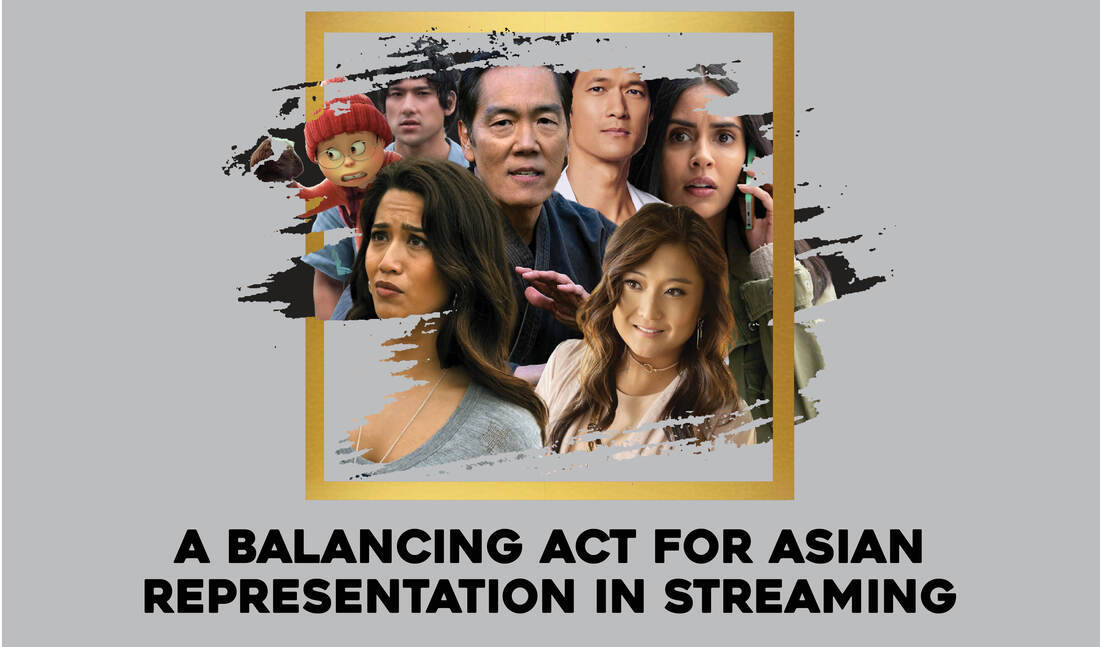|
This article has been crossposted from LinkedIn.
By Dana W, Soraya Giaccardi, and Kristin Eunjung Jung, Media Impact Project The past few years have ushered in a wave of Asian-led entertainment content, with films and TV shows like Everything Everywhere All At Once, Beef, and Never Have I Ever enjoying both critical and commercial success. These stories offer nuanced and authentic takes on universal themes like rage, love, and family, while also embracing cultural specificity through the lens of their leading Asian characters. Because Asian characters have historically invoked racial stereotypes (think Sixteen Candles’ Long Duk Dong), race-agnostic roles – or those in which a character’s race/ethnicity is mentioned briefly or not at all – have often been championed as indicators of progress towards a future in which Asian actors can play any role (think Sandra Oh in Killing Eve). But recent content demonstrates how race-central roles, or those in which racial/ethnic identity are a central part of the storyline or in understanding a character’s motivations, can also be vehicles for authentic, humanizing, and successful stories (think Meilin in Turning Red). To understand how race centrality plays out in contemporary content, the USC Norman Lear Center and Gold House joined forces on a study examining the most prominent Asian characters in popular scripted streaming titles of 2022. We were struck by three main findings:
As we look towards the future, we hope to see Hollywood move beyond a “one size fits all” approach towards assessing representation by embracing complexity over binaries and encouraging a full spectrum of roles that reflect a range of identities and experiences —something journalist Rebecca Sun called “a lesson in representation 2.0 or even 3.0.” Together with our friends at Gold House, we look forward to carrying these conversations into 2024. |
AuthorWrite something about yourself. No need to be fancy, just an overview. Archives
December 2023
Categories
All
|


 RSS Feed
RSS Feed